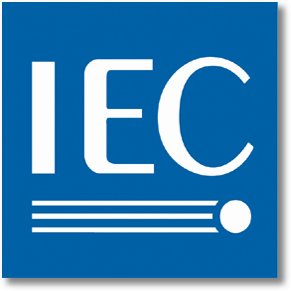There are two (2) voltage levels used in IEC, low voltage ( < 1000 V ) and high voltage ( > 1000 V ). Medium voltage, inspite being oftenly used in technical specifications, is generally not used in IEC but commonly referred to as voltages above 1000 V up to 35 000 V. The only exception for this is IEC 61000-3-6 Assessment of emission limits for distorting loads in MV and HV power systems, which states that emission limits for differ for MV and HV voltage ranges.
System voltages in IEC
nominal system voltage - voltage by which system is designated.
highest system voltage - highest value of voltage under normal operating conditions, generally not more than 110% x nominal system voltage.
IEC 60038 simply defines the rated voltage of equipment as being the voltage assigned by the manufacturer for his equipment. The relation between system voltage and equipment voltage is through the highest voltage for equipment where the highest voltage for equipment is the maximum value of the highest system voltage for which the equipment may be used. This means that a transformer with a rated voltage of 11kV having a highest voltage for equipment of 12kV can be used on a system where the highest system voltage is 12kV.
| Un | Ur | Ud | Up |
|---|---|---|---|
| 6.6kV | 7.2kV | 20kV | 60kV |
| 11kV | 12kV | 28kV | 75kV |
| 33kV | 36kV | 70kV | 170kV |
| 110kV | 123kV | 230kV | 550kV |
Legend:
Un = nominal system voltage
Ur = rated voltage of equipment ( voltage assigned by manufacturer; differs by type of equipment)
Um = highest voltage for equipment ( maximum value of highest system voltage for which equipment may be used)
Ud = power frequency withstand
Up = impulse test voltage
In practice, the Um of a transformer is the Ur of the downstream switchgear.
